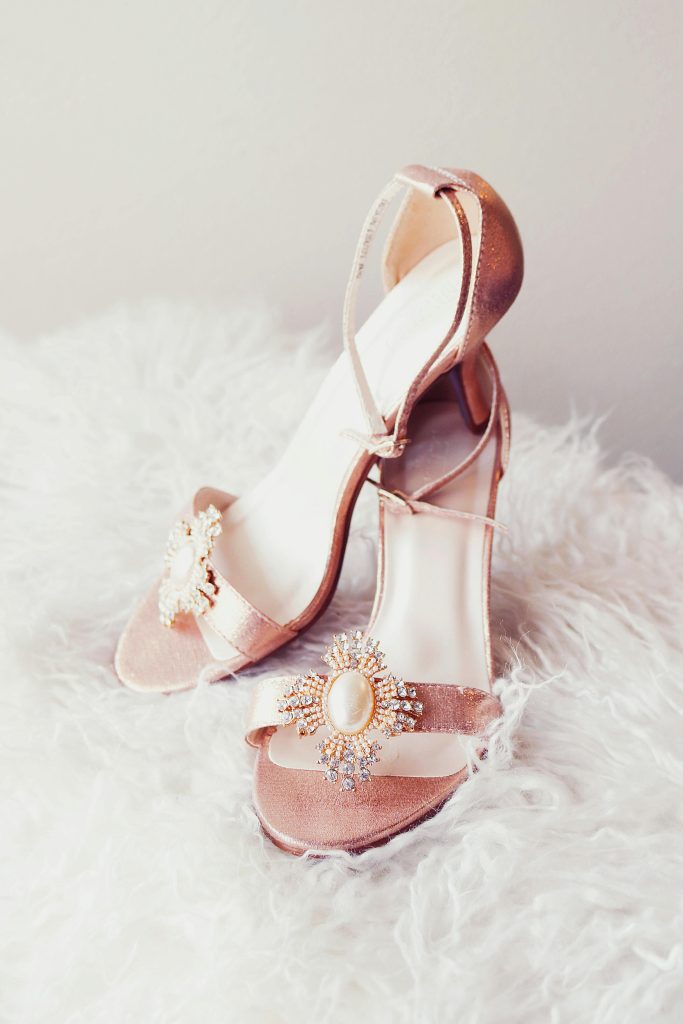The first step in managing low offers on your diamonds is understanding the nature of the diamond market itself. Unlike standardized commodities like gold or silver, diamonds are priced according to a complex set of variables including carat weight, cut, color, clarity (the 4 Cs), certification, market demand, and even fashion trends. A diamond that is considered desirable today might not command the same premium in a year’s time. Furthermore, prices are not always transparent to consumers—many rely on outdated appraisals or emotional attachments rather than current market data. The resale value of diamonds can be substantially lower than the retail purchase price, often leading to a disconnect between what sellers expect and what buyers are willing to pay. Dealers, jewelers, and resellers often factor in their own overhead, profit margins, and the risk of reselling the diamond when making offers, which can lead to significantly lower bids. Understanding this pricing structure can provide context for seemingly low offers and help sellers manage expectations more realistically.

Evaluating the Credibility of Offers: Who’s Making the Bid?
When assessing a low offer, it is crucial to consider the source. Offers can come from a variety of entities: local jewelers, pawnbrokers, private buyers, auction houses, online diamond buyers, or dealers who specialize in resale. Each type of buyer has a different motivation and overhead structure. For instance, a local jeweler may offer less because they need to account for retail resale margins and in-house costs. On the other hand, a reputable diamond dealer or certified gemologist who provides a detailed evaluation may offer more realistic market-based prices, even if the numbers seem low. Be cautious of buyers who don’t provide transparency or pressure you into quick decisions. Ideally, offers should be accompanied by documentation or justification based on objective characteristics like certification from GIA (Gemological Institute of America) or AGS (American Gem Society). Avoid making decisions based on verbal evaluations alone. A credible offer is one that is backed by evidence, professionalism, and a willingness to answer your questions clearly and respectfully.
Emotional Attachment vs. Market Reality: Managing Expectations
Many diamond owners experience a deep emotional connection to their stones, especially if the diamond was inherited, gifted, or linked to a significant life event such as an engagement or anniversary. This emotional attachment can cloud objective decision-making, leading owners to reject reasonable offers simply because they feel the diamond is “worth more.” It’s essential to distinguish sentimental value from market value. The emotional worth of a diamond may be priceless to you, but that doesn’t influence its resale value. Understanding this separation helps you approach offers with a clear head. One practical method is to have multiple appraisals from certified gemologists, which can serve as a reality check and benchmark for what your diamond might reasonably fetch in the market. Sellers should also familiarize themselves with recent sales of comparable diamonds in similar markets to set realistic price expectations. Managing emotional bias ensures that you won’t hold out for an offer that may never come, especially in a declining or stagnant market.
When to Hold: Identifying Diamonds That May Appreciate or Retain Value
There are situations in which holding onto your diamond is the wiser move. Not all low offers are a sign that you should sell quickly; in fact, some diamonds may appreciate in value or retain their worth over time. For example, rare diamonds—such as those with high carat weights, flawless clarity, or fancy colors like blue, pink, or yellow—can increase in value due to their scarcity. Likewise, diamonds with historic provenance or those mounted in vintage designer settings may fetch premium prices in specialized markets or auctions. If you’re not in urgent need of funds, waiting for market conditions to improve might yield a higher return. However, this strategy requires patience, secure storage, and possibly insurance to protect your asset. It’s also wise to keep an eye on economic indicators and demand cycles within the jewelry market. Ultimately, holding makes sense when the intrinsic qualities of your diamond set it apart and you have the luxury of time to seek the right buyer.
When to Fold: Knowing When It’s Best to Sell and Move On
Sometimes, the smart financial move is to accept a seemingly low offer and liquidate the asset. This is especially true for diamonds that are common in size and quality, or those that lack certification, are chipped, poorly cut, or are mounted in outdated or broken settings. In these cases, the cost of refurbishing or certifying the stone may outweigh any potential gain from holding. Moreover, the longer you hold onto an average-quality diamond, the more you risk market depreciation, especially if consumer preferences continue shifting toward lab-grown alternatives or more modern styles. If the offer you’ve received is consistent with multiple evaluations and you have no realistic prospect of selling it for more in the near future, it may be better to cut your losses. For many, selling the diamond can also represent emotional closure—especially after a divorce, loss, or other life change. In this context, accepting a fair offer allows you to convert a stagnant asset into useful liquidity.

Strategies for Negotiation: Maximizing Your Diamond’s Value
If you’ve received a low offer but suspect your diamond is worth more, negotiation becomes a critical skill. Begin by preparing yourself with detailed documentation: GIA or AGS certification, past appraisals, proof of purchase, and any unique provenance that adds value. Armed with this information, you’re in a stronger position to ask questions and push back against undervaluation. Always request a breakdown of how the offer was calculated—was it based solely on the 4 Cs, or were there deductions due to mounting condition or market trends? This transparency can reveal whether the offer is genuinely fair or opportunistic. If you’re negotiating with multiple potential buyers, use competing offers to your advantage. However, remain respectful and professional—hostility or arrogance can sour a deal. Consider offering the diamond for consignment instead, where the buyer sells on your behalf for a fee, potentially yielding a higher return over time. Negotiation is not just about price—it’s about understanding your leverage and using every tool at your disposal to ensure your asset is evaluated appropriately.
Getting a Professional Appraisal: The Importance of Certification and Valuation
Many diamond owners make the mistake of relying on a single appraisal or outdated jewelry store valuation when trying to determine the worth of their stone. A proper, current appraisal from a certified gemologist is crucial—not just for setting realistic expectations but for having proof to support your price during negotiation. Organizations such as the Gemological Institute of America (GIA) and the American Gem Society (AGS) provide highly trusted certifications that can increase buyer confidence and boost your diamond’s perceived value. These certifications assess your diamond using objective criteria, independent of retailer bias. A professional appraisal may cost a few hundred dollars, but it’s often a worthwhile investment, particularly for high-value stones. An accurate appraisal also gives you the ability to market the diamond better, whether you’re selling it online, at auction, or through a jeweler. In short, professional valuation is not an optional step—it’s a strategic move that sets the foundation for either holding or folding intelligently.
Exploring Sales Channels: Where You Sell Matters
Where you choose to sell your diamond can greatly influence the offers you receive. Local jewelers and pawnbrokers typically offer lower prices, but provide quick cash and low-risk transactions. Consignment shops may give you access to better pricing but require time and trust. Online platforms—such as Worthy, WP Diamonds, or eBay—offer broader visibility and competitive pricing, but you’ll need to navigate shipping logistics, buyer protections, and potential scams. Reputable auction houses can command premium prices for rare or antique diamonds, but they usually take a substantial commission and may reject lower-tier items. Each channel has its trade-offs in terms of speed, security, and profitability. Carefully evaluate whether the added effort of a slower, more competitive channel is worth the potential gain. If you’re selling a standard 1-carat round diamond with average clarity and color, the boost in price from using an auction site may be negligible. However, for rarer items, channel selection can be the difference between settling and succeeding.
Emotional Readiness and Timing: Are You Prepared to Sell?
Even if the market is right and the offer is fair, timing and emotional readiness play a pivotal role in your decision to sell. Selling a diamond can symbolize a turning point—a transition out of a relationship, the settling of an estate, or a choice to prioritize financial liquidity. Before proceeding, consider whether you’re emotionally ready to part with the item. Ask yourself whether you’re holding on to the diamond out of sentimentality, fear of loss, or unrealistic financial expectations. If any of these apply, it may be wise to wait, reassess, or consult with a financial or emotional advisor. On the other hand, if the diamond no longer holds personal meaning, accepting a market-aligned offer can provide not just money, but also peace of mind. Timing also matters economically. Avoid selling in low seasons, such as mid-summer, when demand is typically lower. Knowing when you’re emotionally and financially ready will help you avoid regret and make the process more rewarding.
Final Thoughts: Making Informed, Empowered Decisions
Dealing with low offers on your diamonds can be emotionally charged and financially confusing, but approaching the situation with education and strategy makes all the difference. Understand the diamond market, know the value of your stone through professional certification, and vet the source of any offer carefully. Know when it makes sense to hold—whether due to rarity, market timing, or emotional readiness—and when it’s better to fold and move on with clarity and financial gain. Every diamond tells a story, but once that chapter closes, making an informed decision about its next life is a powerful act. Selling your diamond should never feel like a loss—it should feel like a choice you made with confidence, data, and perspective. Whether you decide to sell now or later, do so on your own terms, with a full understanding of the market, the motivations of buyers, and your own goals. That’s the difference between simply selling and making a smart move.